1 April 2025
When you think about zoning laws, your brain might immediately jump to rules about what you can and can’t build on certain pieces of land. But did you know that zoning laws can also be a powerful tool for protecting the environment? That’s right—these seemingly boring regulations (because let’s face it, zoning laws don’t sound glamorous) are actually shaping the way we live and encouraging eco-friendly developments. They’re like the unsung heroes of sustainable urban planning.
In this article, we're going to take a peek behind the curtain to understand how zoning laws are helping to create greener, more sustainable spaces. Whether you're a homeowner, a real estate investor, or just someone who cares about the planet, this is something you’ll want to know about. Let’s dive in!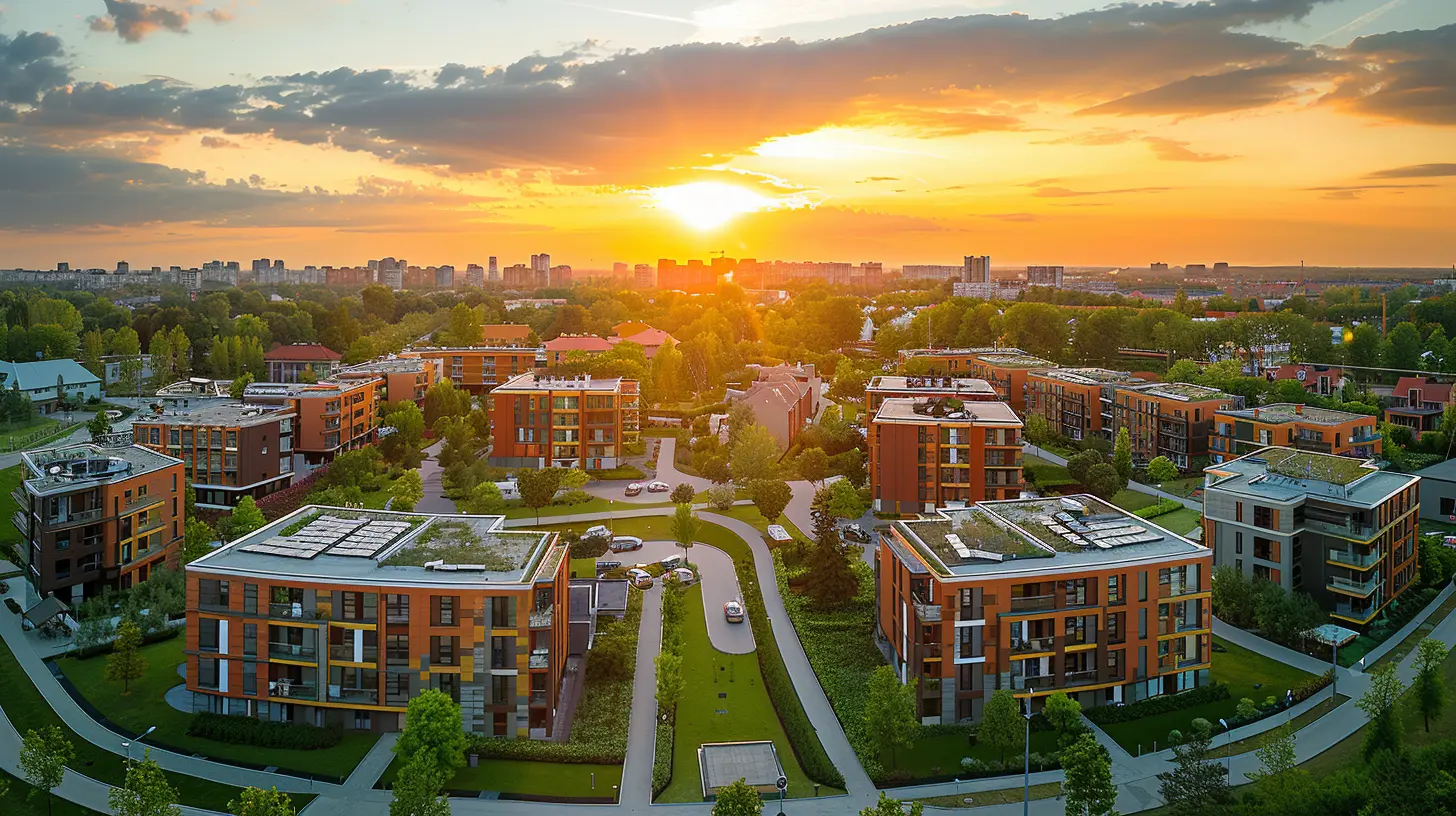
What Are Green Zones Anyway?
So, what exactly are green zones? Think of them as designated areas where specific rules and regulations are aimed at promoting eco-friendliness. These areas are planned with sustainability in mind, meaning they prioritize things like clean air, water conservation, and energy efficiency.To put it simply, green zones are like Mother Nature's VIP lounge. They’re designed to reduce environmental impact and create a healthier living space for everyone. 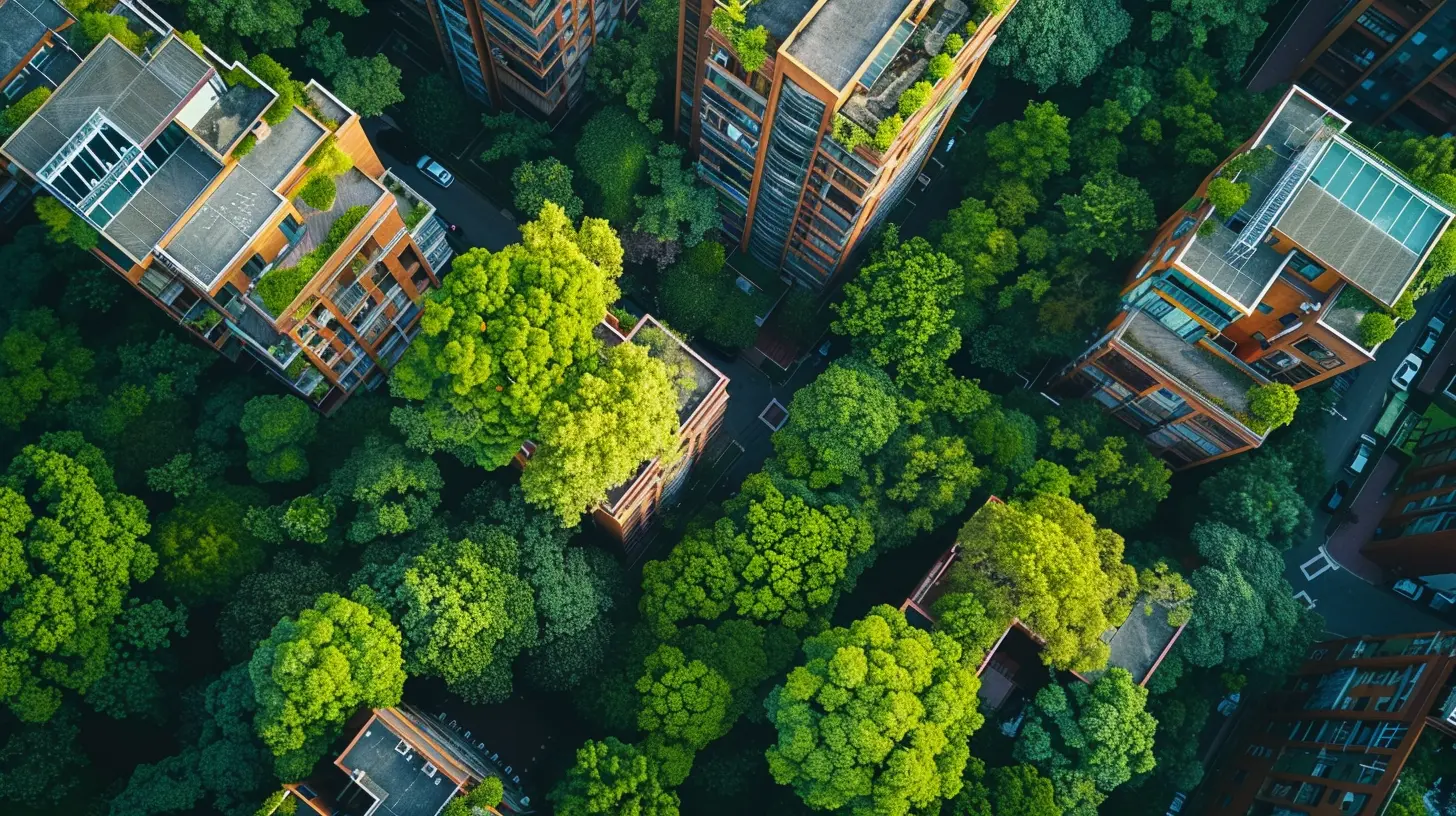
The Role of Zoning Laws in Shaping Green Zones
Zoning laws basically act as the blueprint for how land is used. They’re like the instruction manual for cities, towns, and neighborhoods. By figuring out what activities are allowed in specific areas, zoning laws ensure there’s order and not chaos (imagine a factory sprouting up in the middle of a peaceful residential neighborhood—yikes).But when it comes to eco-friendly development, zoning laws take things a step further. They can be tailored to encourage or even require sustainable practices. It’s like giving communities a nudge (or sometimes a shove) in the right direction. 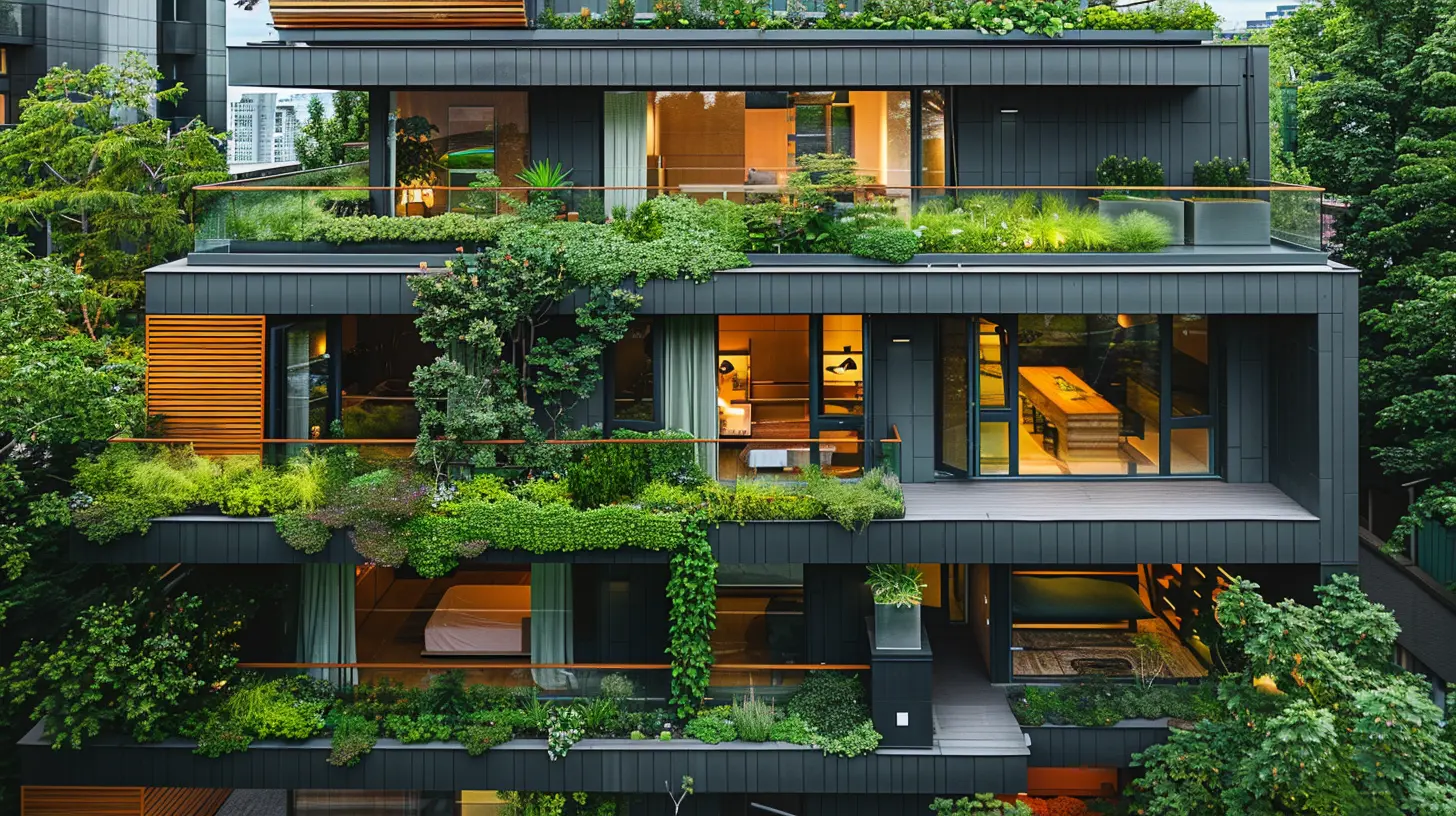
Types of Zoning That Encourage Eco-Friendly Developments
Not all zoning laws are created equal. Some are better than others at promoting green practices. Here’s a look at a few types of zoning that are paving the way for eco-friendly developments:1. Mixed-Use Zoning
Mixed-use zoning allows for multiple types of development—think residential, commercial, and recreational—all in the same area. Why’s that important? It reduces the need for long commutes, which means fewer cars on the road and lower greenhouse gas emissions. Picture this: you could live in an apartment upstairs and grab your morning coffee from a café downstairs. Convenient, right?2. Green Overlay Zones
These are like an eco-friendly layer on top of existing zoning regulations. A green overlay zone might require developers to include elements such as solar panels, rainwater harvesting systems, or green roofs in their projects. It’s like sprinkling a little sustainability magic on top of the usual rules.3. Conservation Zoning
This type of zoning is all about protecting natural resources. It sets aside areas where construction and development are either heavily restricted or outright prohibited. Think wetlands, forests, and other green spaces that are vital for maintaining biodiversity. It’s like Mother Nature’s "Do Not Disturb" sign.4. Agricultural Zoning
This zoning type aims to preserve farmland and promote local food production. By limiting urban sprawl, it keeps fertile land from being paved over, ensuring communities have access to fresh, locally grown produce. It’s a win-win for farmers and foodies alike.
Benefits of Green Zones for Communities
Green zones aren’t just good for the environment—they’re also great for the people who live in or near them. Here’s why:1. Cleaner Air and Water
By reducing pollution and preserving natural areas, green zones help to improve air and water quality. Think about the joy of taking a deep breath of fresh air on a crisp morning—green zones make that possible.2. Lower Energy Costs
Eco-friendly developments often incorporate energy-efficient designs, which can translate to lower utility bills for residents. Imagine saving money every month just because your home was built with sustainability in mind. Sounds like a sweet deal, doesn’t it?3. Improved Quality of Life
Green zones often include amenities like parks, walking trails, and bike lanes. These features not only make neighborhoods more attractive but also encourage healthier lifestyles. Plus, let’s be honest—who wouldn’t want to live in a neighborhood with a little more green and a little less gray?Challenges in Implementing Green Zoning Laws
Okay, so green zoning sounds pretty amazing. But let’s not sugarcoat it—there are challenges too. For one, getting everyone on board can be tough. Developers might balk at the extra costs associated with eco-friendly building practices, and property owners could worry about restrictions impacting their investments.There’s also the issue of enforcement. Creating zoning laws is one thing, but making sure everyone follows them? That’s a whole different ballgame. It requires buy-in from local governments, developers, and communities alike.
How You Can Support Green Zoning Initiatives
You don’t have to be a city planner to make a difference. There are plenty of ways you can support green zoning initiatives in your area:- Get Informed: Learn about the zoning laws in your community and how they impact the environment.
- Speak Up: Attend city council meetings, write letters, or start petitions to advocate for greener zoning policies.
- Vote: Support candidates and policies that prioritize sustainability.
- Support Eco-Friendly Developers: Put your money where your mouth is by choosing to live, work, or invest in developments that align with your values.
Remember, small actions can add up to big change.
The Bigger Picture: Zoning Laws and Climate Change
At the end of the day, green zoning laws are part of a much larger effort to combat climate change. By encouraging sustainable development, these laws help reduce carbon emissions and adapt to the challenges of a warming planet.Think of it like planting seeds for the future. It might take some time to see the fruits of our labor, but the payoff—a greener, healthier world—is absolutely worth it.
Final Thoughts: Why Green Zones Matter
Green zones and eco-friendly zoning laws might not always get the spotlight, but they play a crucial role in creating sustainable communities. They’re like the quiet architects behind the scenes, designing a future where people and nature can coexist in harmony.So the next time you see a park, a bike lane, or a building with a shiny solar panel, take a moment to appreciate the zoning laws that made it possible. These regulations aren’t just about rules; they’re about building a better, greener tomorrow.

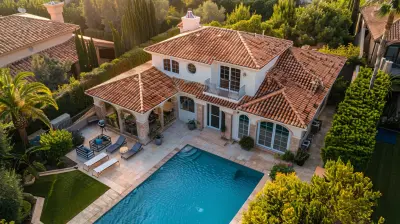
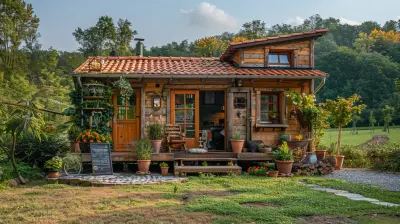
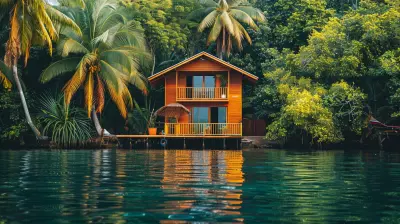
Matilda Roberson
While green zones promote sustainability, let's not forget: good intentions can be stifled by red tape. Balancing regulation with innovation is key for truly eco-friendly developments.
April 2, 2025 at 8:27 PM